Mechanobiology of Cancer Summer School 2019
 The MECHANO·CONTROL consortium, led by several research institutions across Europe, is launching a Summer School that will be taking place between 17-20 of September 2019 at the Eco Resort in La Cerdanya. The aim of the summer school is to provide training on mechanobiology, and specifically its application to breast cancer.
The MECHANO·CONTROL consortium, led by several research institutions across Europe, is launching a Summer School that will be taking place between 17-20 of September 2019 at the Eco Resort in La Cerdanya. The aim of the summer school is to provide training on mechanobiology, and specifically its application to breast cancer.
This school will include lectures as well as practical workshops in different techniques and disciplines, ranging from modelling to biomechanics to cancer biology. There will be scientific sessions in the morning, mixing 6 keynote speakers with 18 short talks selected from abstract submissions by junior scientists attending the school. In the afternoon, there will be 2-3-hour practical workshops, given by scientists from the MECHANO·CONTROL consortium. The course will also include leisure activities.

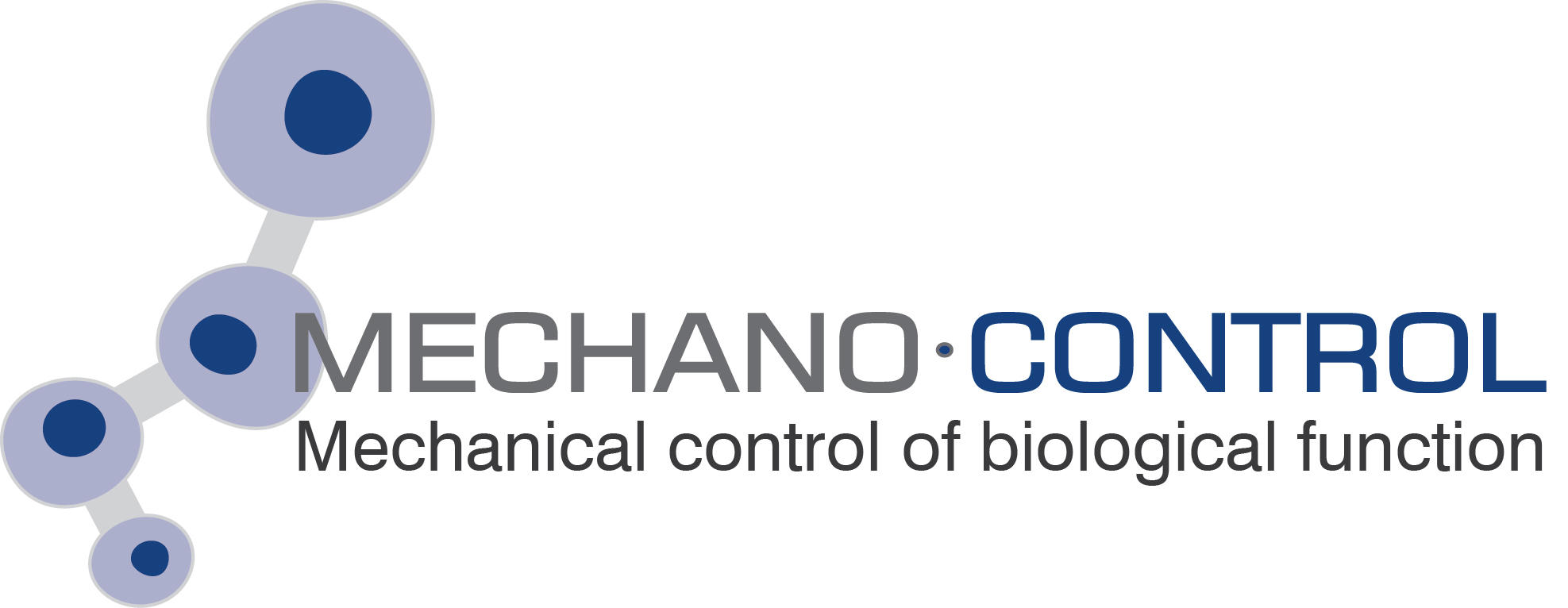
 The MECHANO·CONTROL consortium, led by several research institutions across Europe, is launching a Summer School that will be taking place between 17-20 of September 2019 at the Eco Resort in La Cerdanya. The aim of the summer school is to provide training on mechanobiology, and specifically its application to breast cancer.
The MECHANO·CONTROL consortium, led by several research institutions across Europe, is launching a Summer School that will be taking place between 17-20 of September 2019 at the Eco Resort in La Cerdanya. The aim of the summer school is to provide training on mechanobiology, and specifically its application to breast cancer.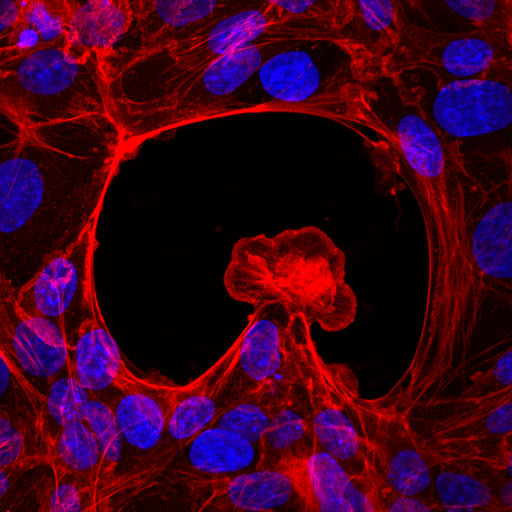
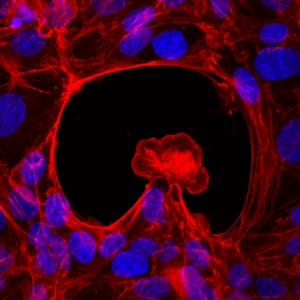

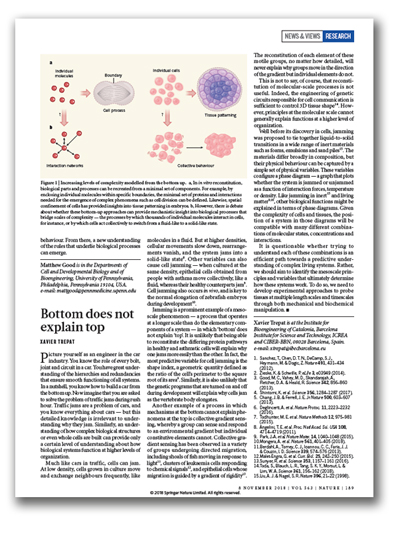
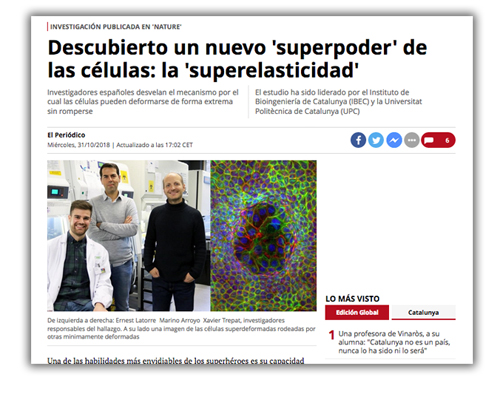
 Wednesday’s press release about the Nature paper published by IBEC and UPC researchers got a lot of press coverage.
Wednesday’s press release about the Nature paper published by IBEC and UPC researchers got a lot of press coverage.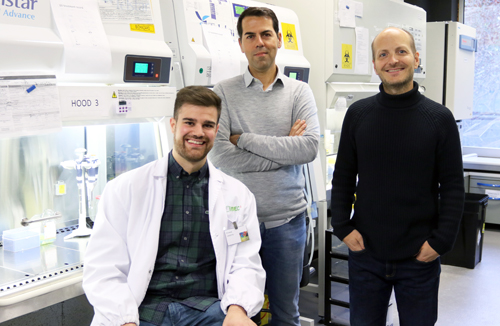
 One of the most enviable features of superheroes is their ability to stretch their bodies beyond imaginable limits. In a study published today in Nature, scientists have discovered that our cells can do just that.
One of the most enviable features of superheroes is their ability to stretch their bodies beyond imaginable limits. In a study published today in Nature, scientists have discovered that our cells can do just that. 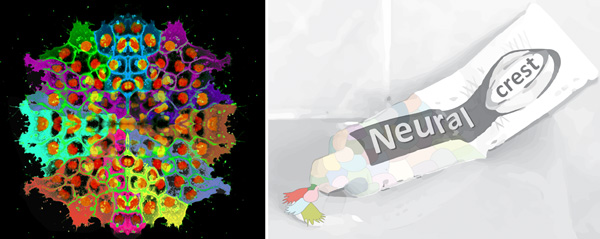
 The embryonic stem cells that form faces – neural crest cells – use an unexpected mechanism to develop our facial features, according to a new UCL-led study involving IBEC researchers.
The embryonic stem cells that form faces – neural crest cells – use an unexpected mechanism to develop our facial features, according to a new UCL-led study involving IBEC researchers.
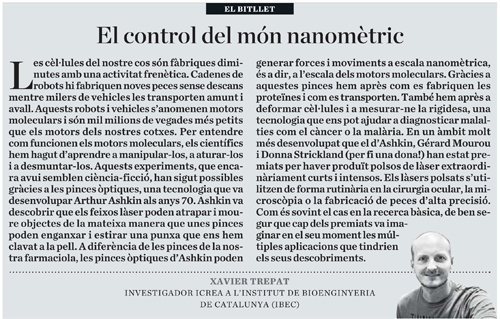
 IBEC group leader Xavier Trepat penned a short article for ARA magazine in which he discusses the research of Arthur Ashkin, Gérard Mourou and Donna Strickland, winners of the the Nobel Prize for Physics.
IBEC group leader Xavier Trepat penned a short article for ARA magazine in which he discusses the research of Arthur Ashkin, Gérard Mourou and Donna Strickland, winners of the the Nobel Prize for Physics.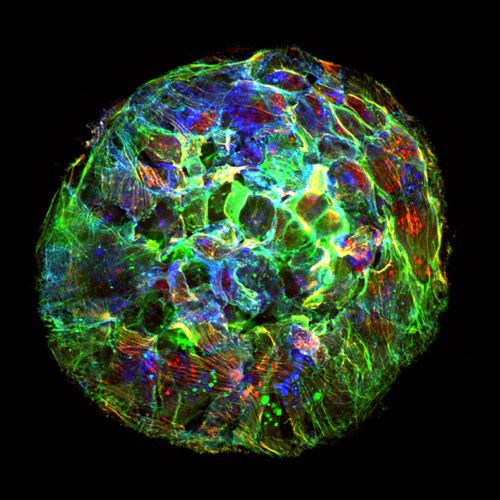
 Researchers from IBEC and UB have discovered that the way tumor cells expand defies the laws of physics.
Researchers from IBEC and UB have discovered that the way tumor cells expand defies the laws of physics.
 A review by IBEC group leader and ICREA research professor Xavier Trepat is one of six featured in Nature Physics’ latest ‘Insight’ issue, ‘The Physics of Living Systems’, in which all the articles have been co-authored by a physicist and a biologist.
A review by IBEC group leader and ICREA research professor Xavier Trepat is one of six featured in Nature Physics’ latest ‘Insight’ issue, ‘The Physics of Living Systems’, in which all the articles have been co-authored by a physicist and a biologist.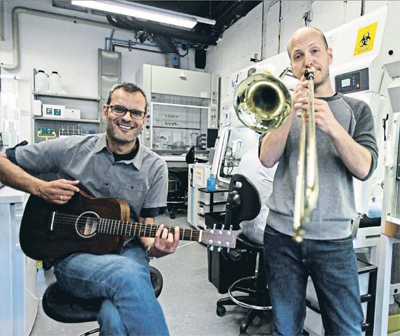
 In a La Vanguardia feature by Josep Corbella, IBEC’s Xavier Trepat is interviewed along with IRB’s Salvador Aznar-Benitah about the important role music plays in their lives, how it has affected their careers as researchers, and about the relation and similarities between musical and scientific creativity.
In a La Vanguardia feature by Josep Corbella, IBEC’s Xavier Trepat is interviewed along with IRB’s Salvador Aznar-Benitah about the important role music plays in their lives, how it has affected their careers as researchers, and about the relation and similarities between musical and scientific creativity.